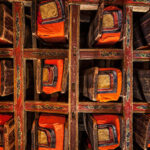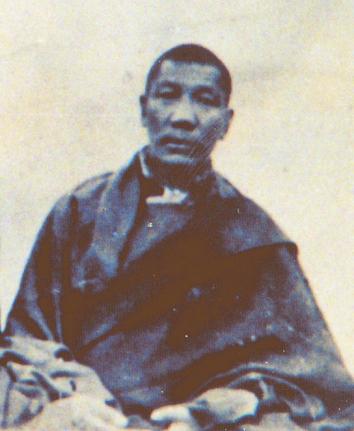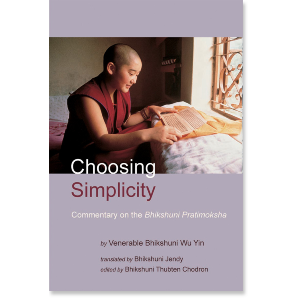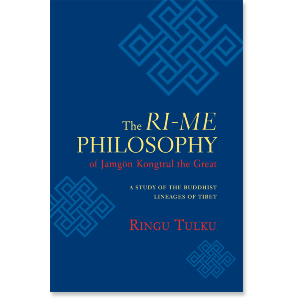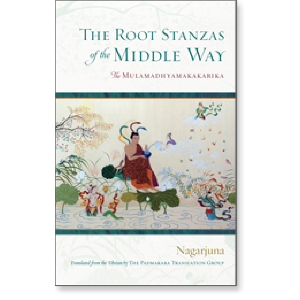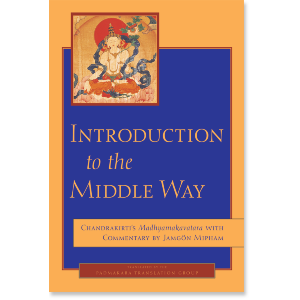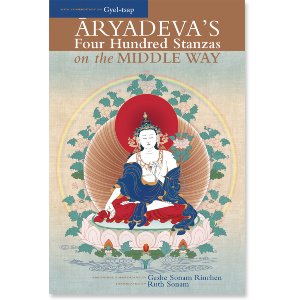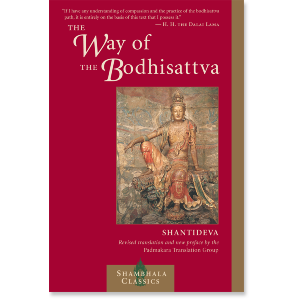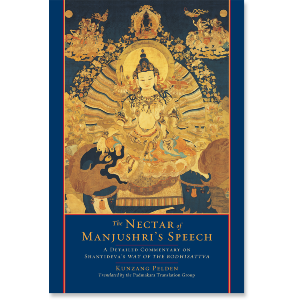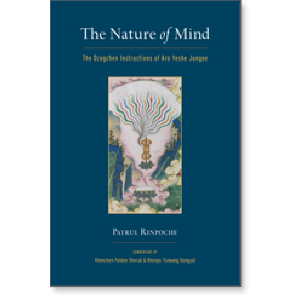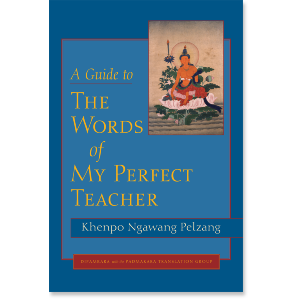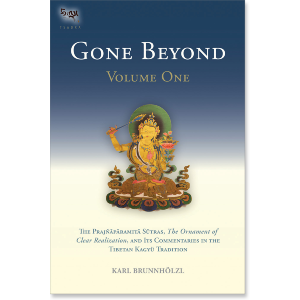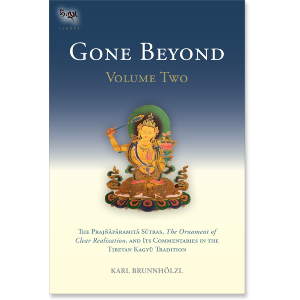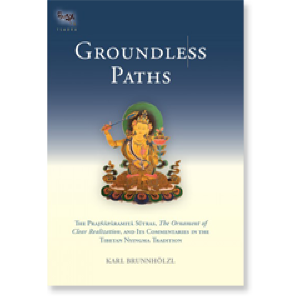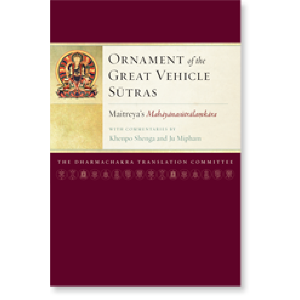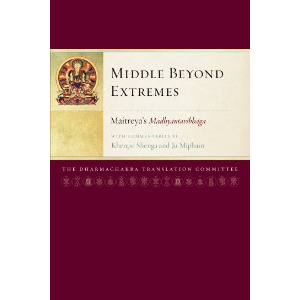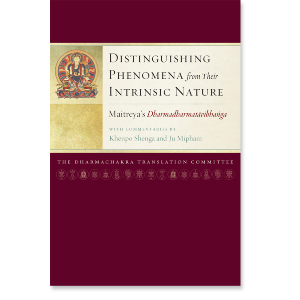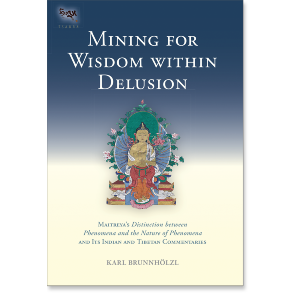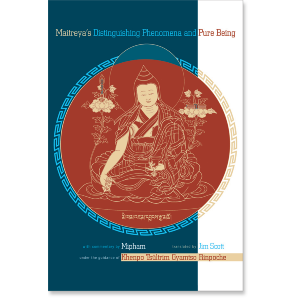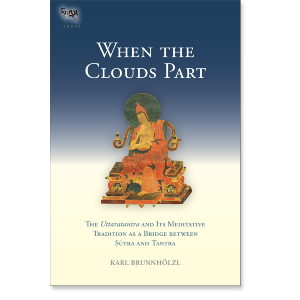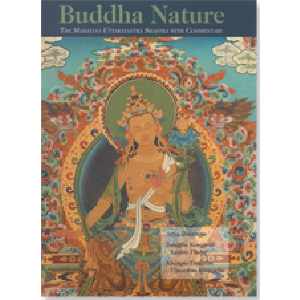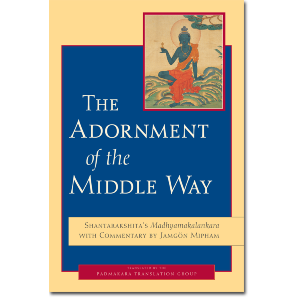5. The Root Stanzas of the Middle Way or Mulamadhyamakakarika
Nagarjuna most famous work, The Root Stanzas of the Middle Way or Mulamadhyamaka-karika is the first work on Madhyamyaka. The Root Stanzas holds an honored place in all branches of Tibetan Buddhism, as well as in the Buddhist traditions found in China, Japan, and Korea, because of the way it develops the seminal view of emptiness (shunyata), which is crucial to understanding Mahayana Buddhism and central to its practice.
The latest translation of the text, by the esteemed team of the Padmakara Translation Group, translated this for the occasion of His Holiness the Dalai Lama's visit to Dordogne, France. This version includes the Tibetan text.
In a concise presentation of this, its translator said, "It is important to see that in his explanations, or rather presentations, of the Middle Way, Nāgārjuna is formulating neither a religious doctrine nor a philosophical theory. He is not giving us yet another description of the world. He simply points to phenomena—the things of our experience that appear so vividly and function so effectively—and shows by force of reasoned argument that they cannot possibly exist in the way that they appear to exist, and that, in truth, they can be said neither to exist nor not to exist. Existence and nonexistence, however, form a perfect dichotomy. And since phenomena are said to lie in neither of these two ontological extremes, we are forced to the conclusion that their nature is ineffable. It cannot be spoken of or even conceived of. And yet it cannot be nothing—for how can anyone possibly deny the vivid experience of the phenomenal world? And thus we come to the nub of the question: How is the true nature of phenomena to be understood? How are we to lay hold of, or rather enter into, the kind of wisdom that, by revealing the emptiness of phenomena, is alone able to uproot our clinging to their apparent reality and thereby dissipate the tyrannical power that they have over us?"

